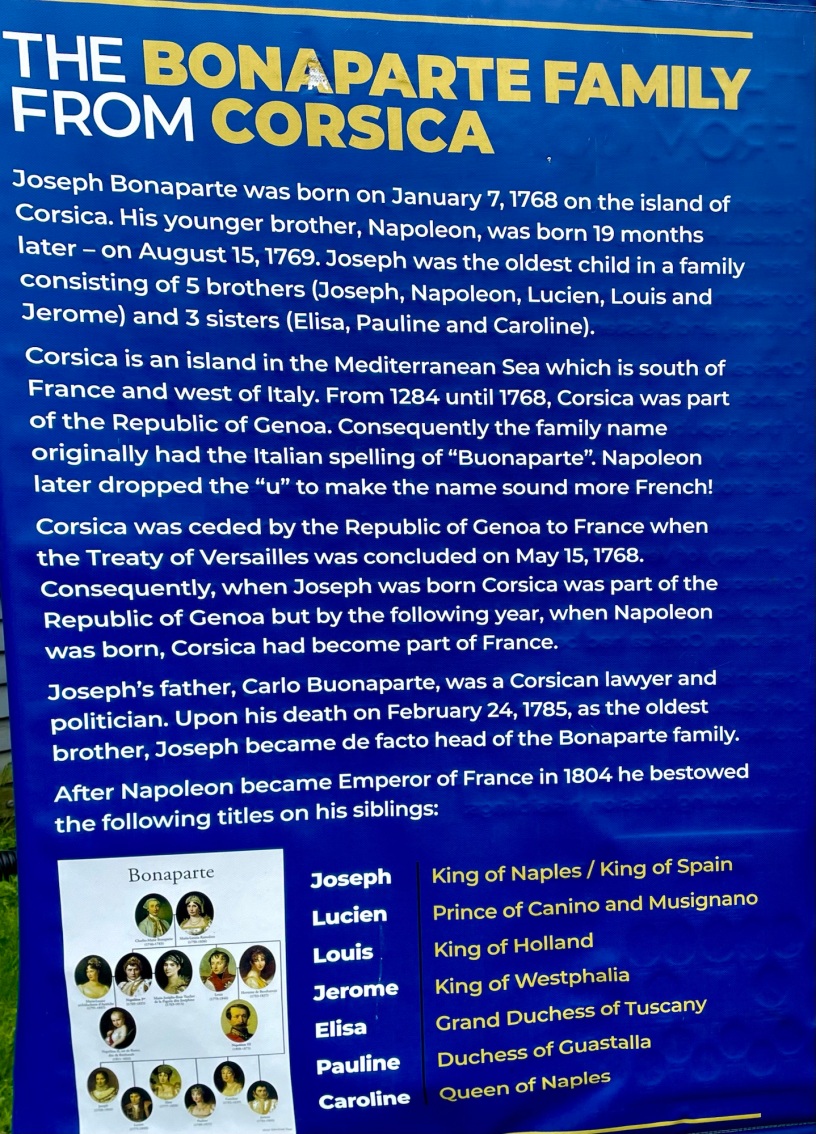This historic town along the Delaware not only predates the revolution, but can boast that it was once home to a European King.
The royal in question was Joseph Bonaparte, Napoleon’s older brother, who ruled as King of Naples and Spain. After Napoleon’s defeat, Joseph snuck out of Europe with a suitcase full of Spanish jewels, traveling incognito on a ship to America. After getting permission from James Madison to live in the United States, he moved to Philadelphia, living in this home at 260 S. 9th Street.
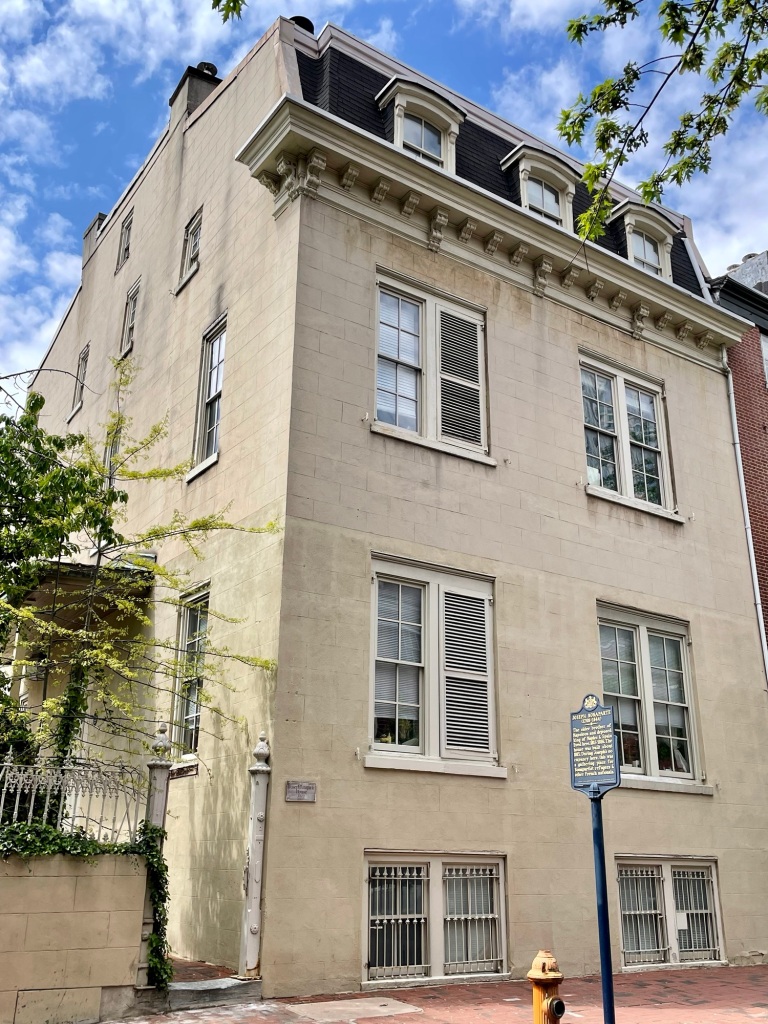
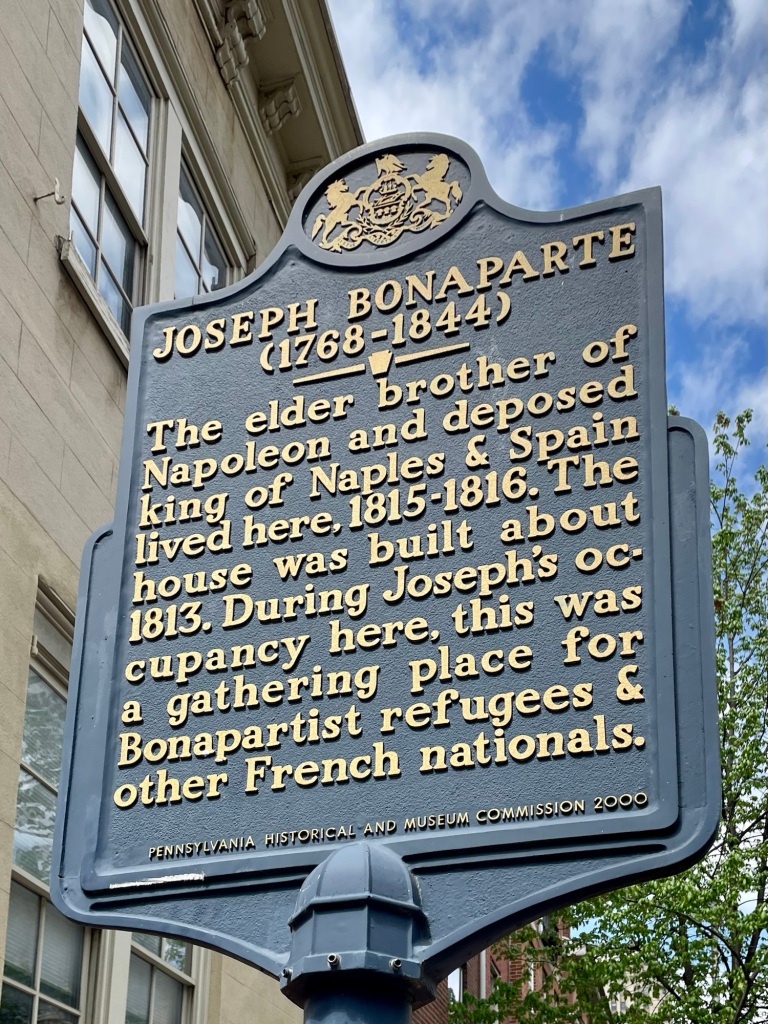
Joseph had his secretary return to Europe to dig up the rest of the jewels which he’d buried on an estate in Switzerland. He used them to create one of the finest houses in America, Point Breeze, overlooking the Delaware River in Bordentown, New Jersey. Here, he hosted many of the famous names of the day, including John Quincy Adams, Stephen Girard (Yellow Fever, Civil Rights and The Richest Man in America – The Stephen Girard Collection) and the Marquis de Lafayette at meals of “royal fare on solid silver and attended by six waiters who supplied me with 9 courses of the most delicious viands.” Audubon (Delicious and Rancid: Audubon’s “Birds of America”) visited and drew sketches of birds during stays at the estate. Joseph’s private library was among the largest in the country, his art collection was the finest in the country, including works by Velasquez, Rubens, Canaletto, Rembrandt and DaVinci, as well as the original “Napoleon Crossing the Alps” by David, and his gardens were filled with plantings that included “splendid rhododendrons on the margin of the artificial lake on whose smooth surface gently glided the majestic European swans.” (quotes from Reuben Haines III Wyck: Farm, Garden & Museum in Historic Germantown)

In 1839, Joseph returned to Europe permanently, rejoining the wife he hadn’t seen in 25 years, leaving behind his American mistress and two children. After Bonaparte’s death in 1845, his grandson sold Point Breeze and put its contents up for auction.
Today, there is not much left of Joseph’s estate. The only remaining building is the home he built for his secretary, Louis Mailliard. It is now a small museum with exhibits detailing the history of the area.
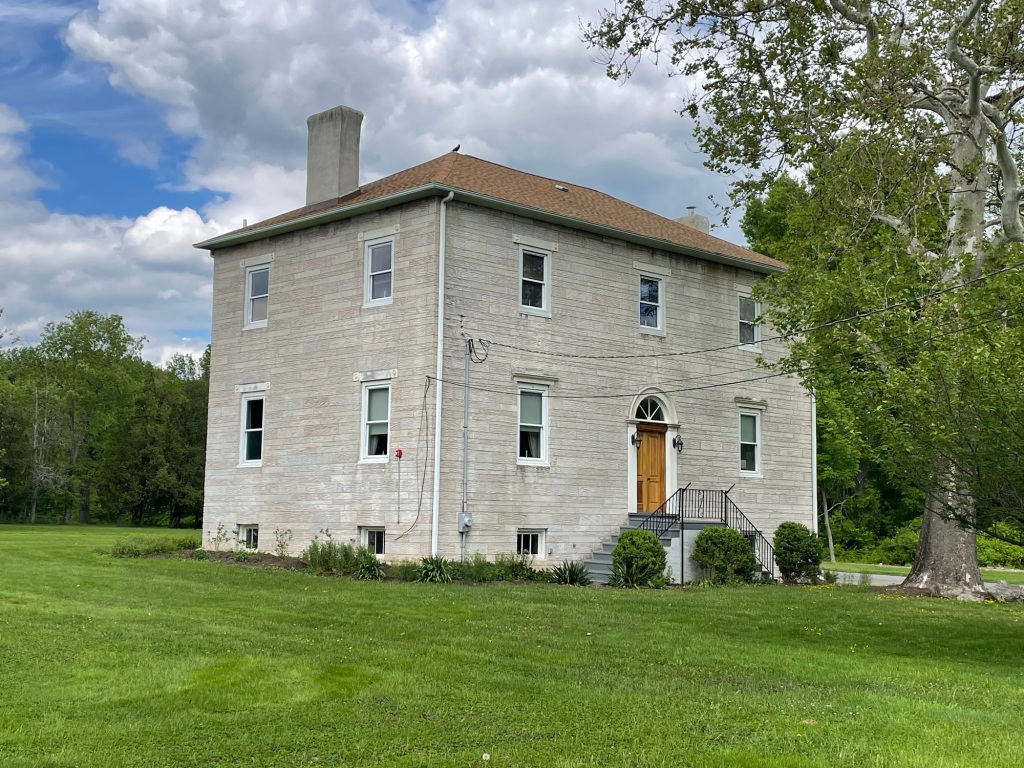
Still standing along Park Road are the estate’s entrance gates.
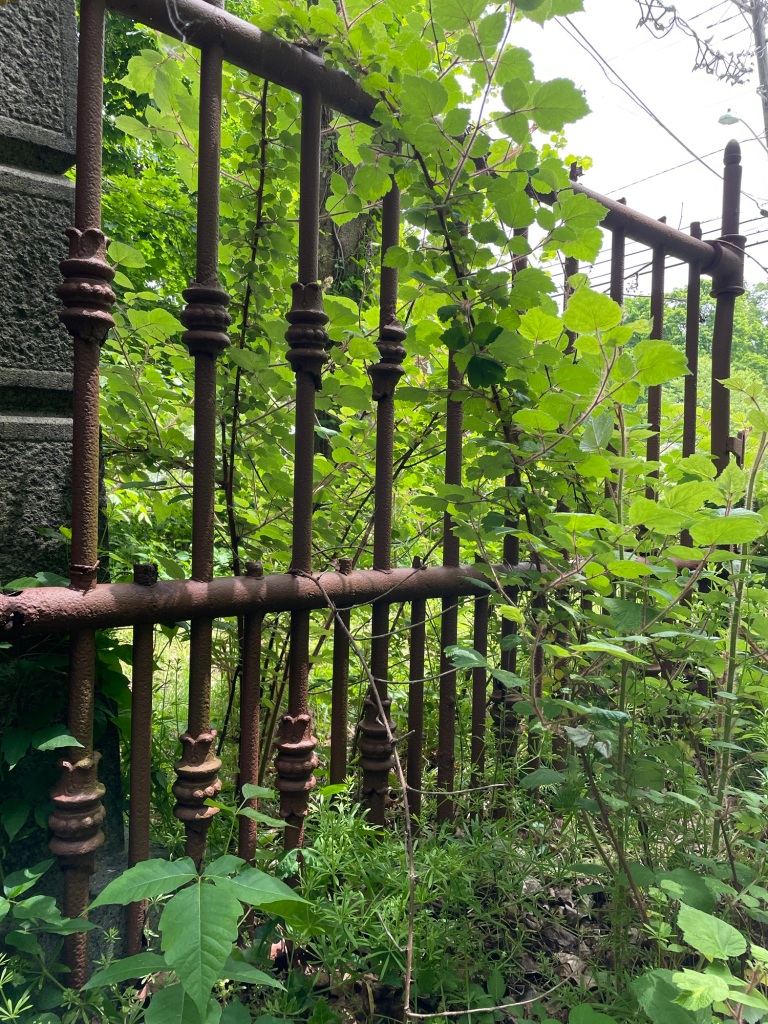
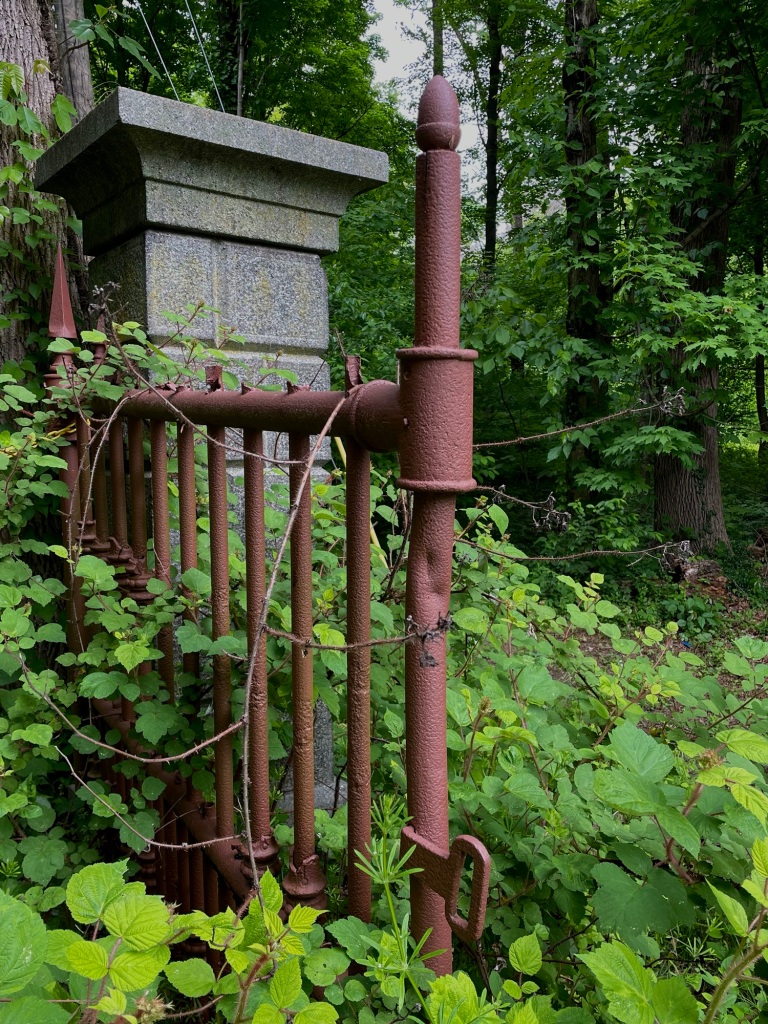
Explorers can hike the trails to find remains of an arched stone bridge
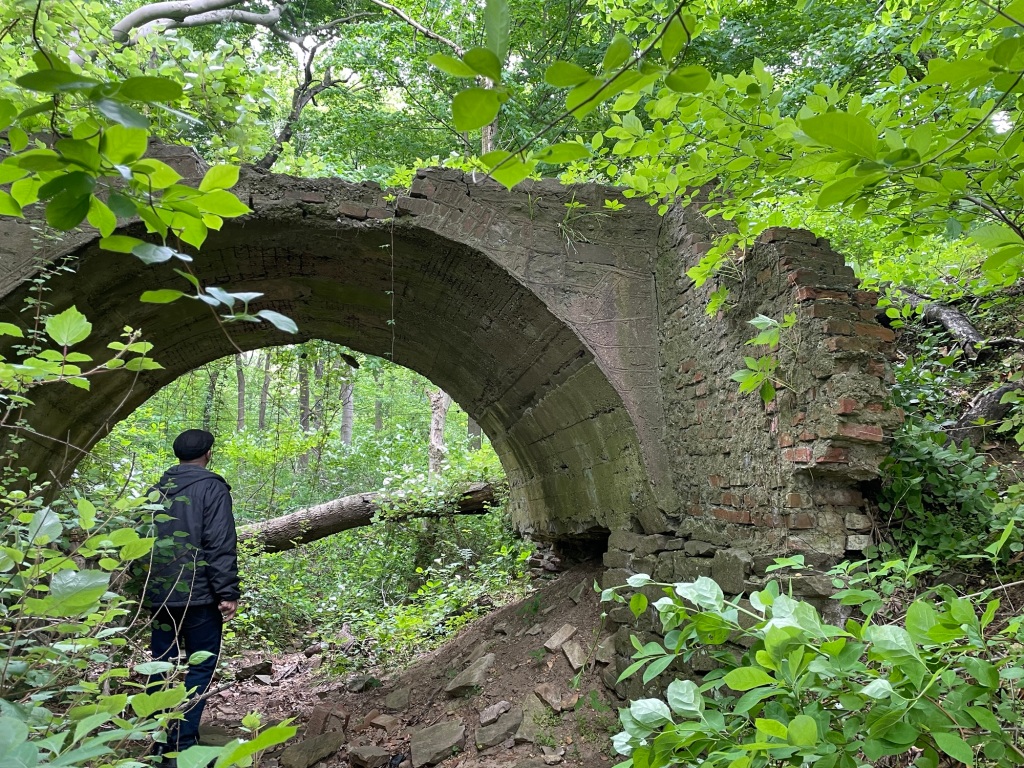
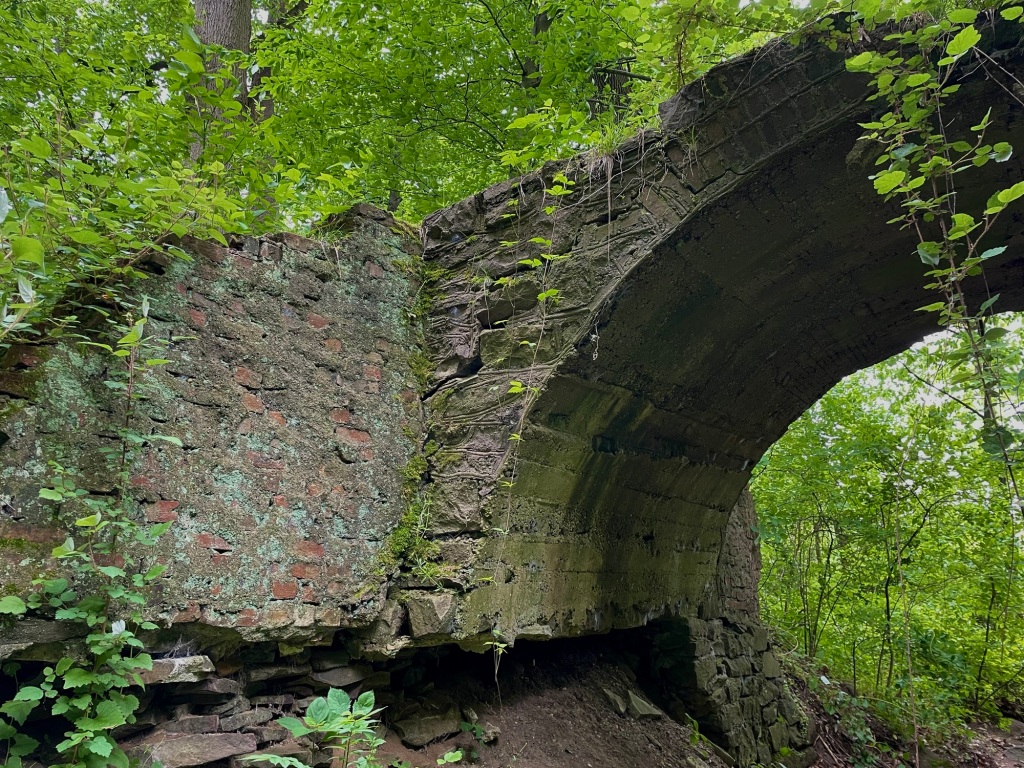
and see remnants of the tunnels that once connected the estate’s buildings and led to the creek, allowing for easier access from the river and (perhaps) a quick escape from enemies.
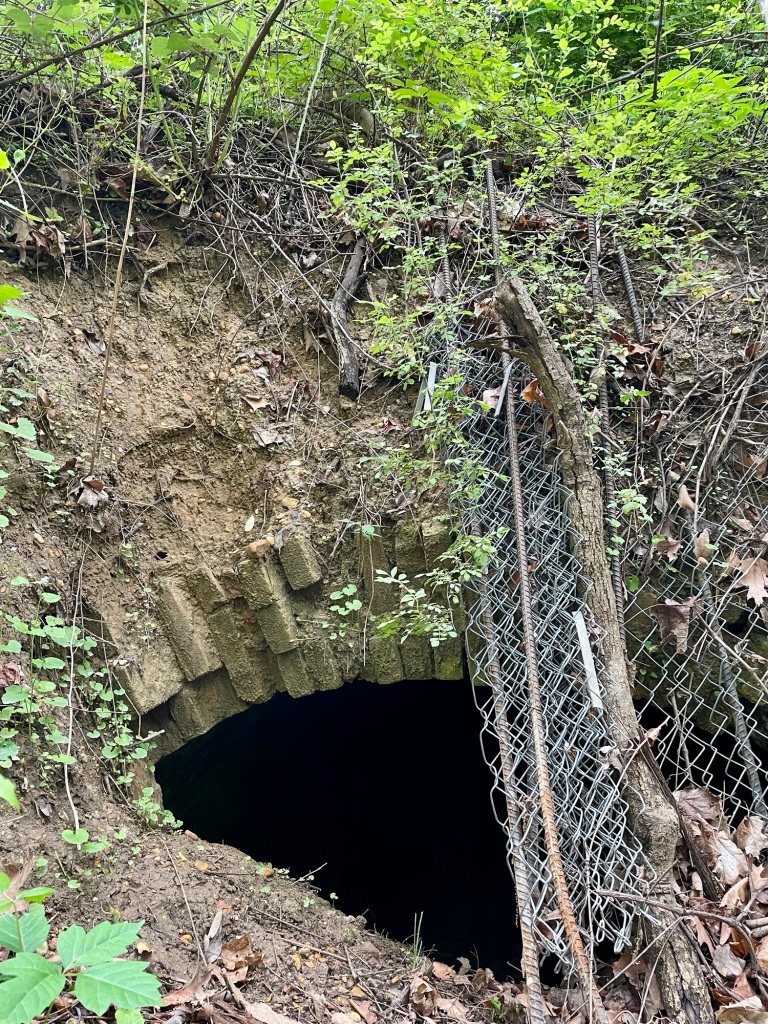
Birders can follow in the footsteps of two of America’s greatest ornithologists, John James Audubon, who was a guest at the estate, and Joseph’s son-in-law/nephew (2 of Joseph’s daughters were married to his nephews), Charles Lucian, who lived at Point Breeze for 5 years. Here, Charles first described and named the Cooper’s hawk.
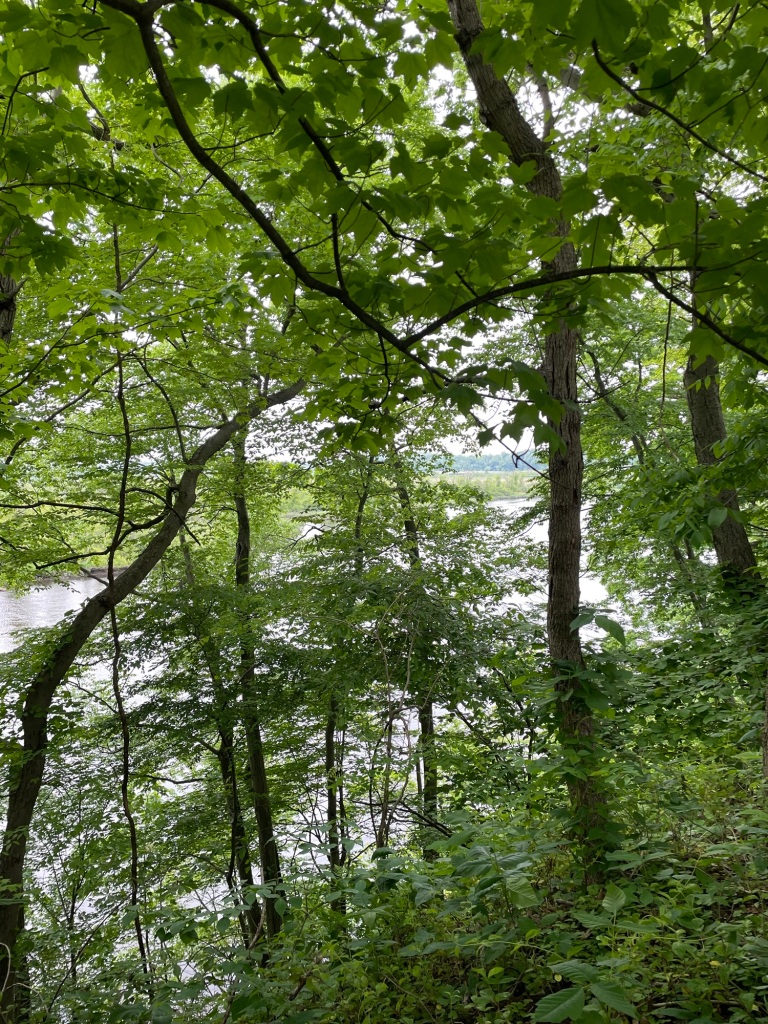
The local historic society is the next stop. Banners outside tell Joseph’s story,

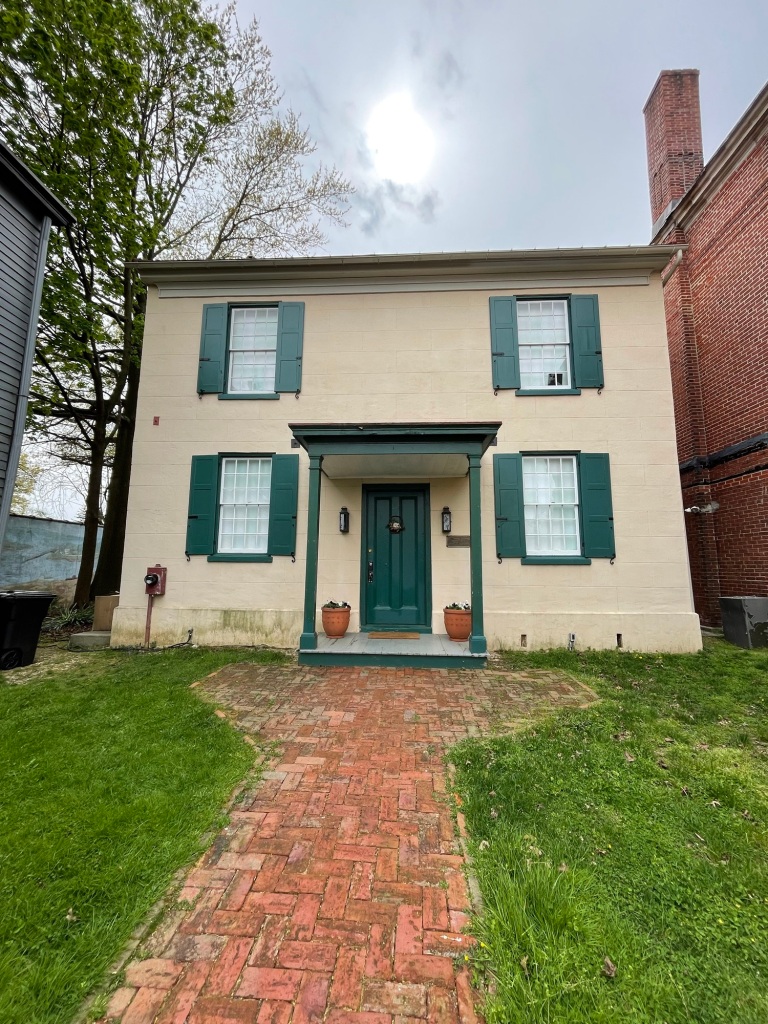
while inside is a treasure trove of Bonaparte memorabilia. They have the original auction catalogs from the sale of the estate after Bonaparte’s death
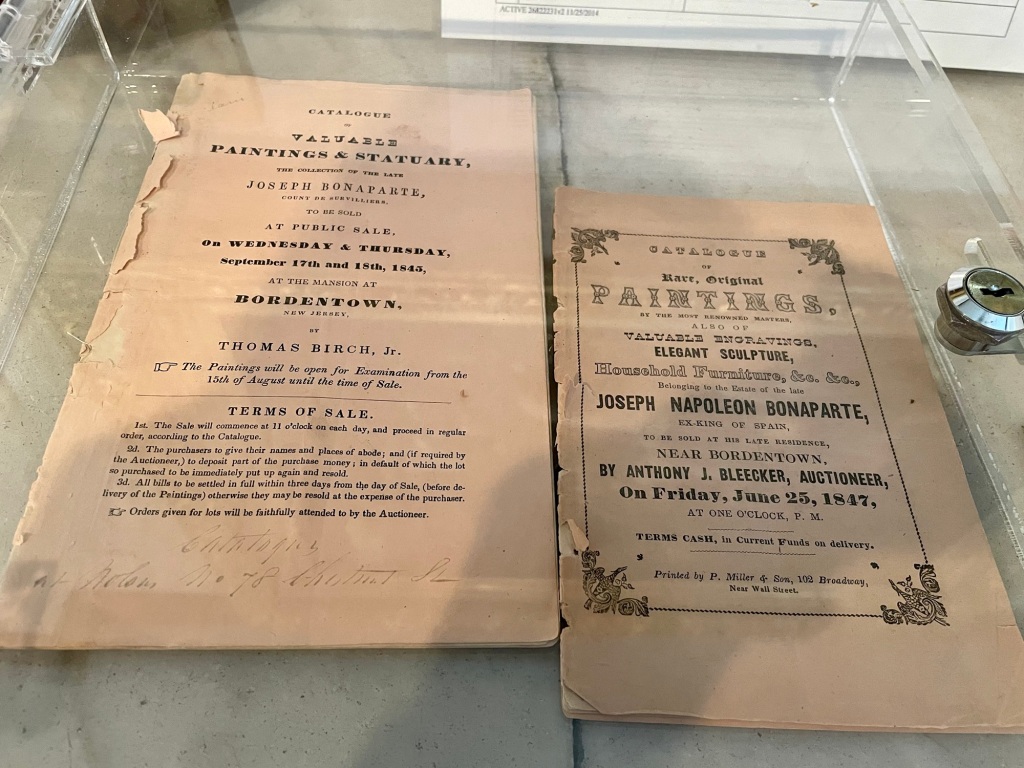
and have obtained items from the mansion that range from furniture and paintings:
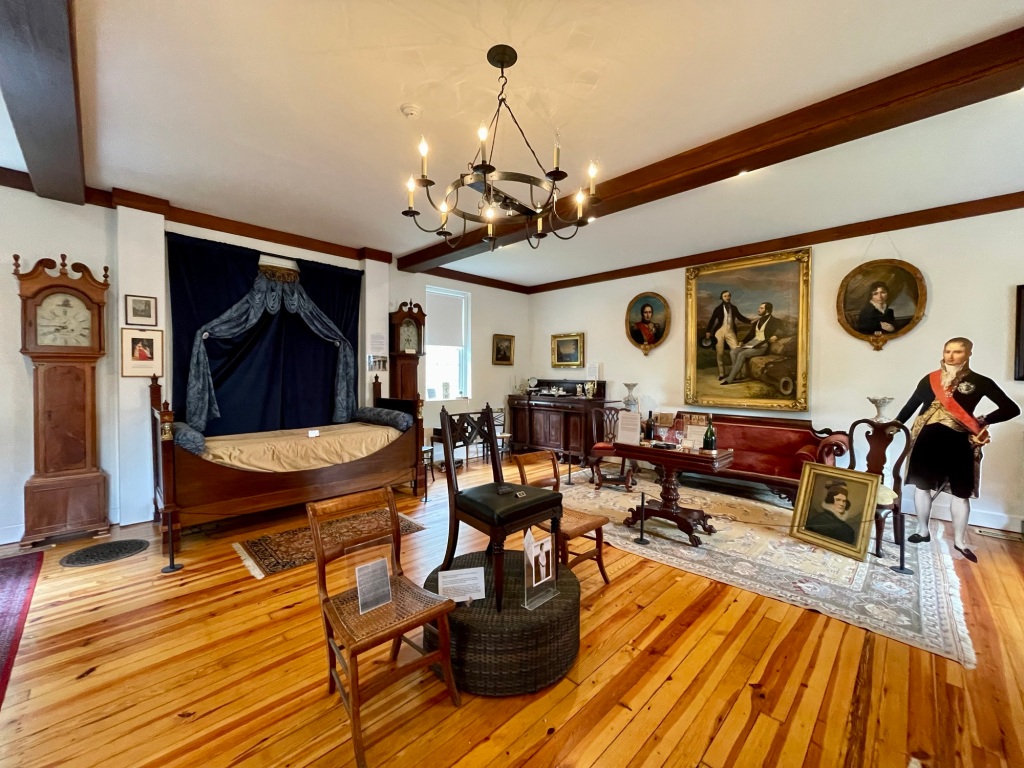
to a bowl presented to Joseph from Napoleon:
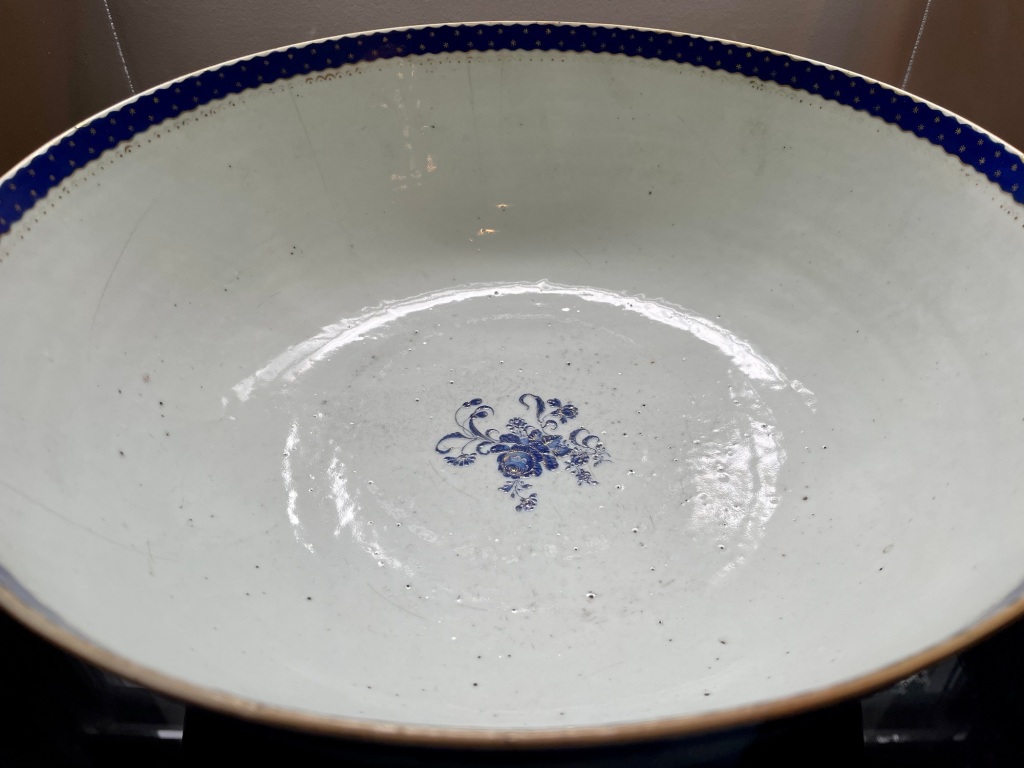
to a chair carved by Philadelphia furniture maker Michel Bouvier, great great grandfather to Jackie Kennedy.
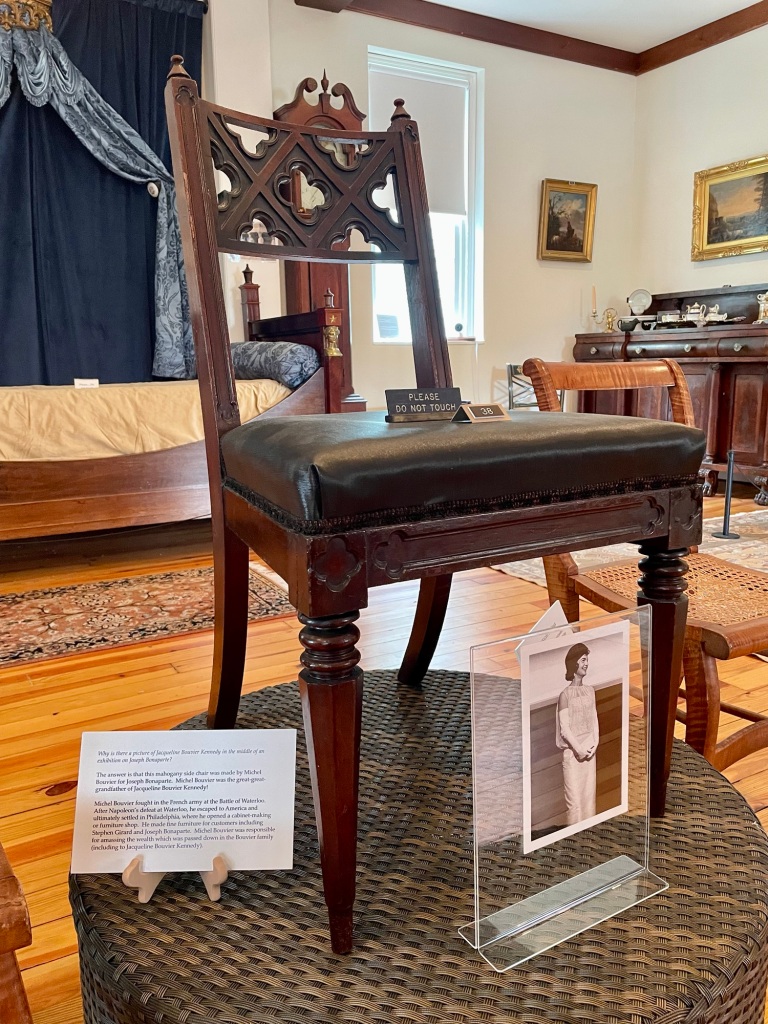
Take some time to explore the rest of Bordentown. This cute town, first settled by Europeans in 1682, has connections with Clara Barton and Thomas Paine
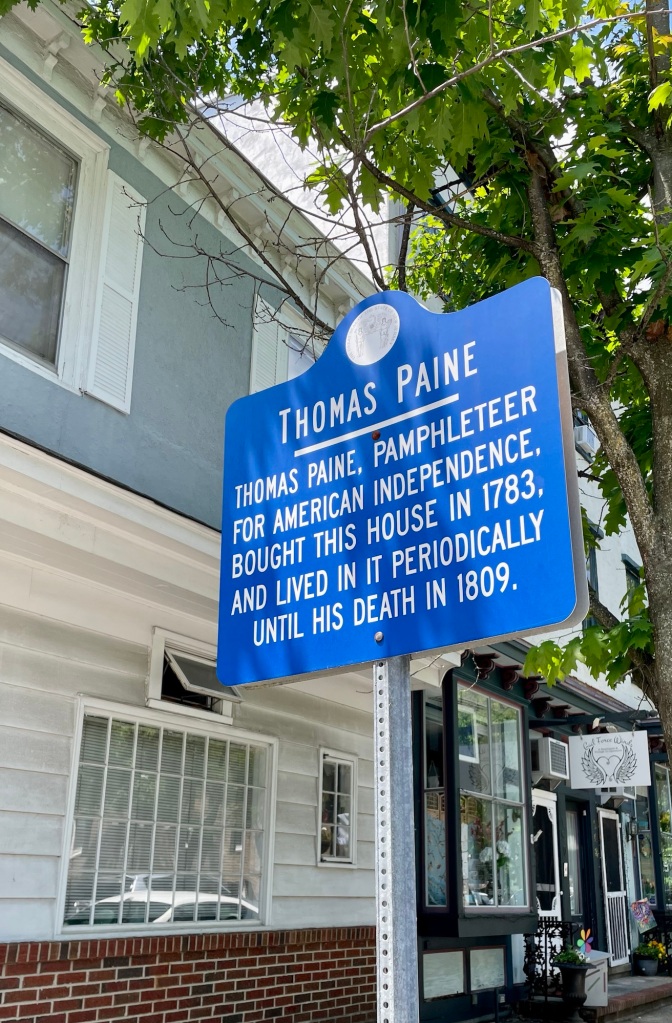
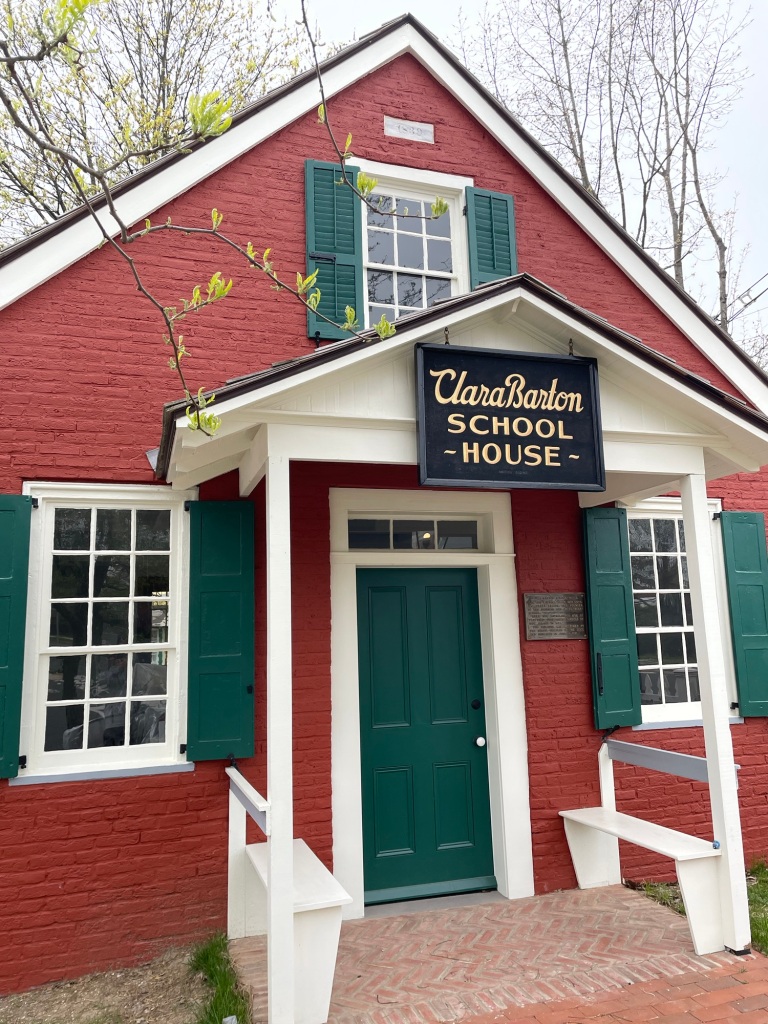
as well as amazing architecture from the 18th century through today.
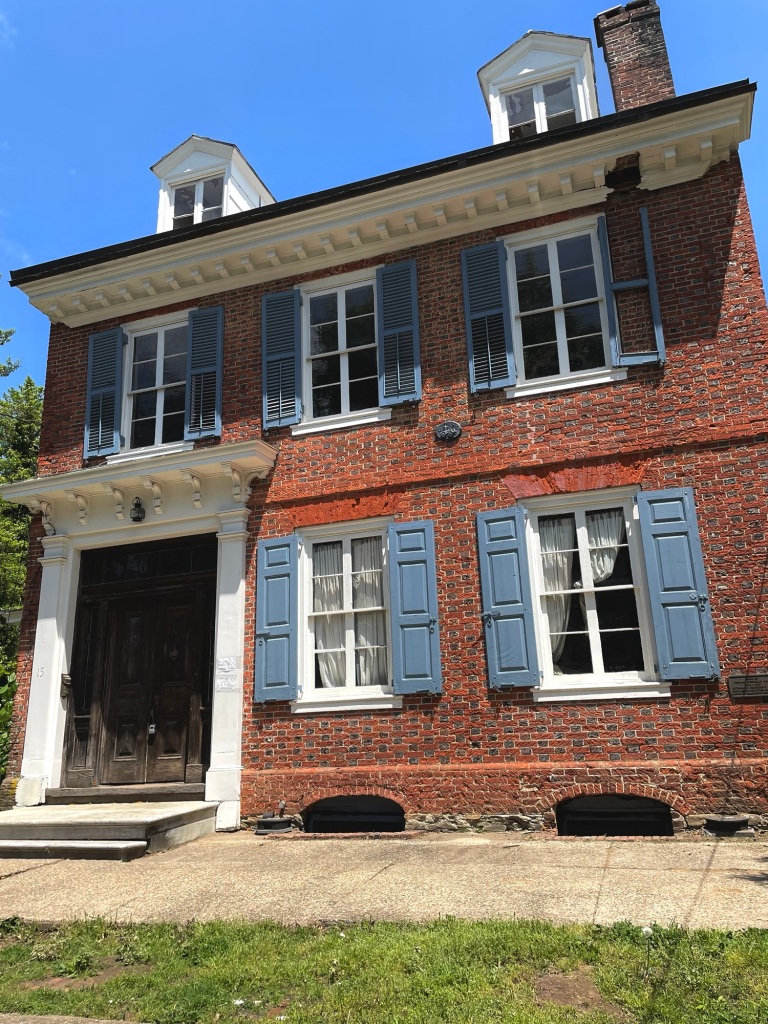
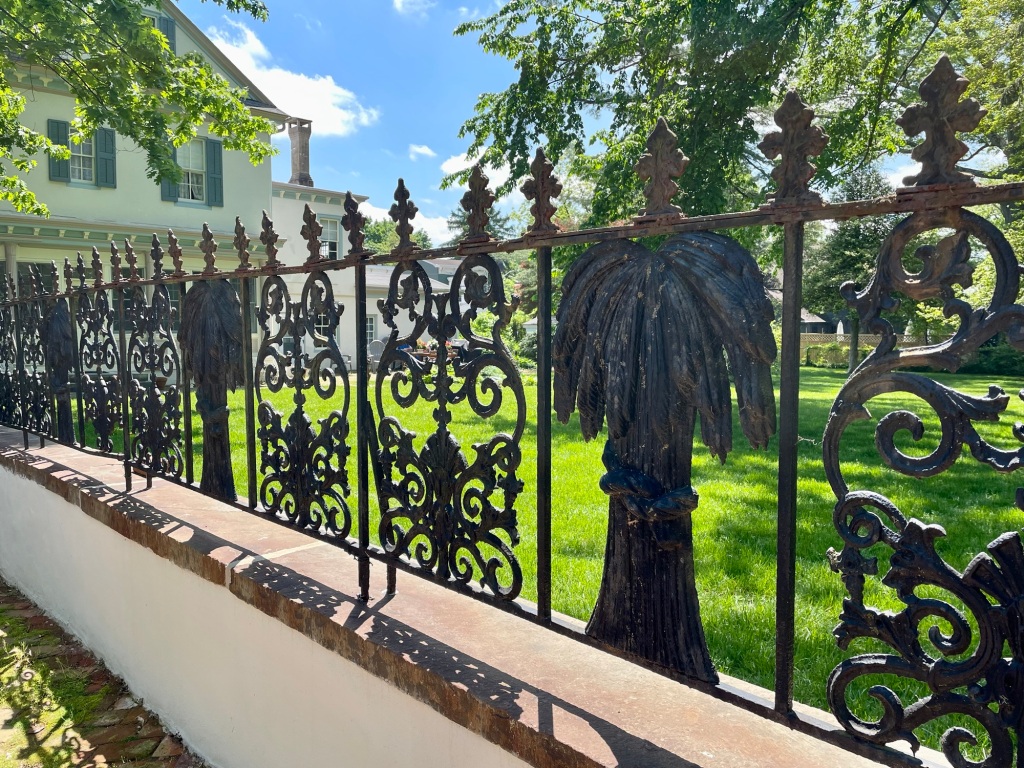
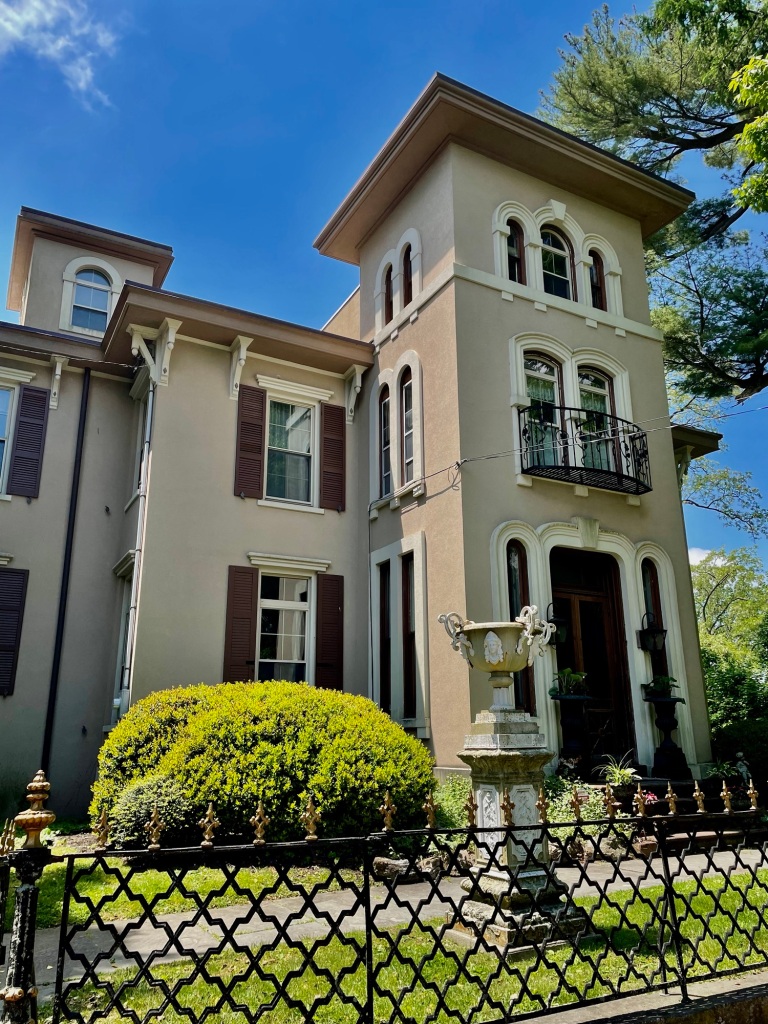
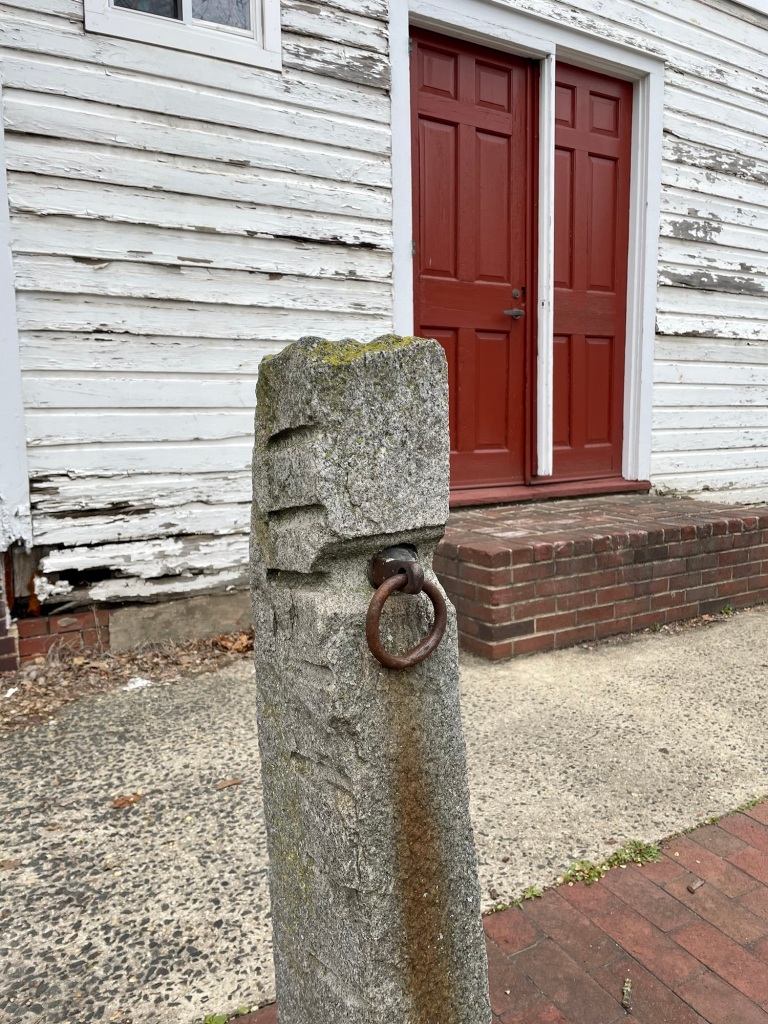
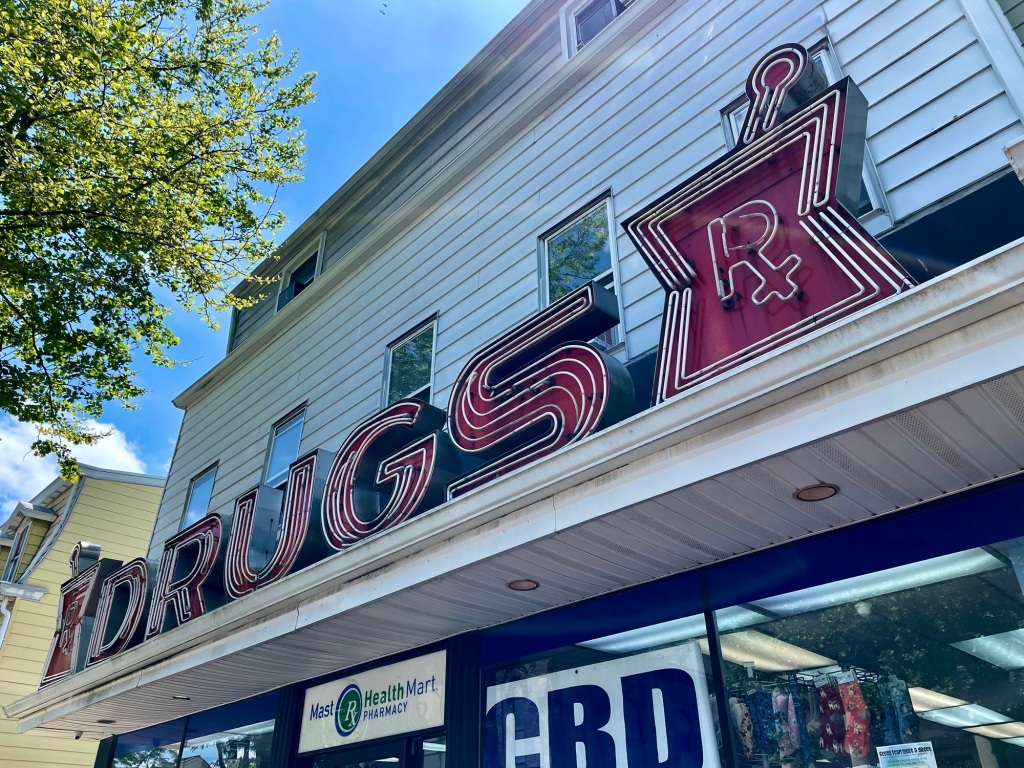
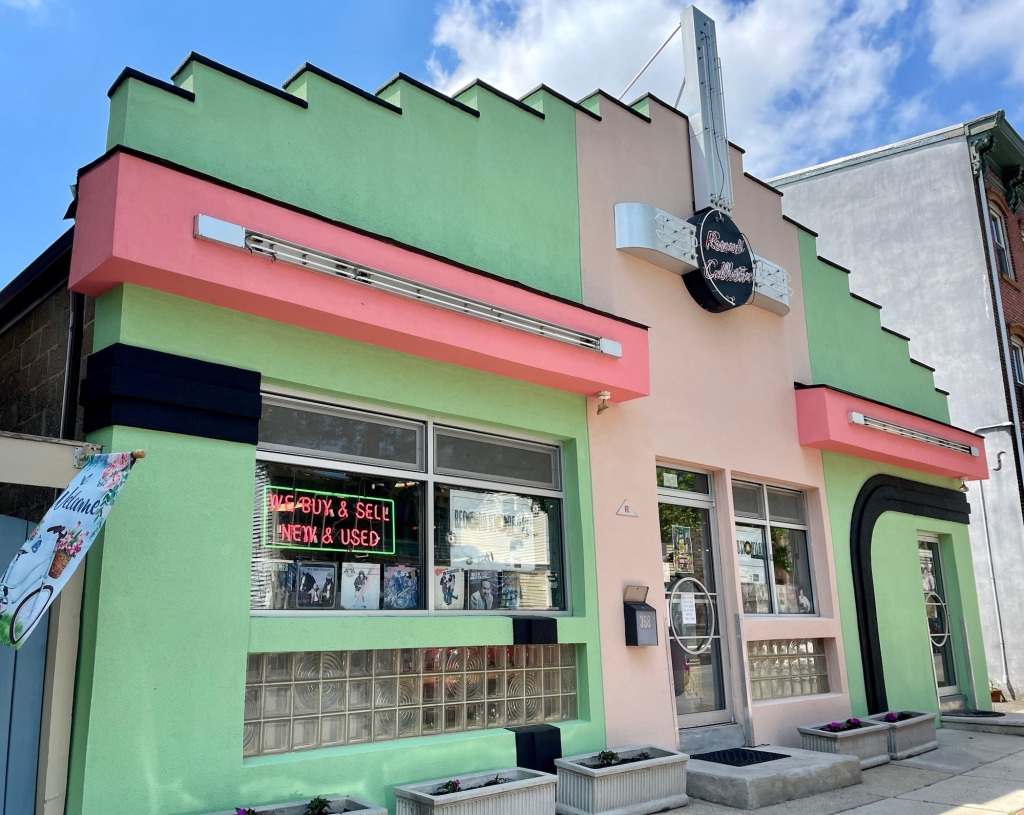
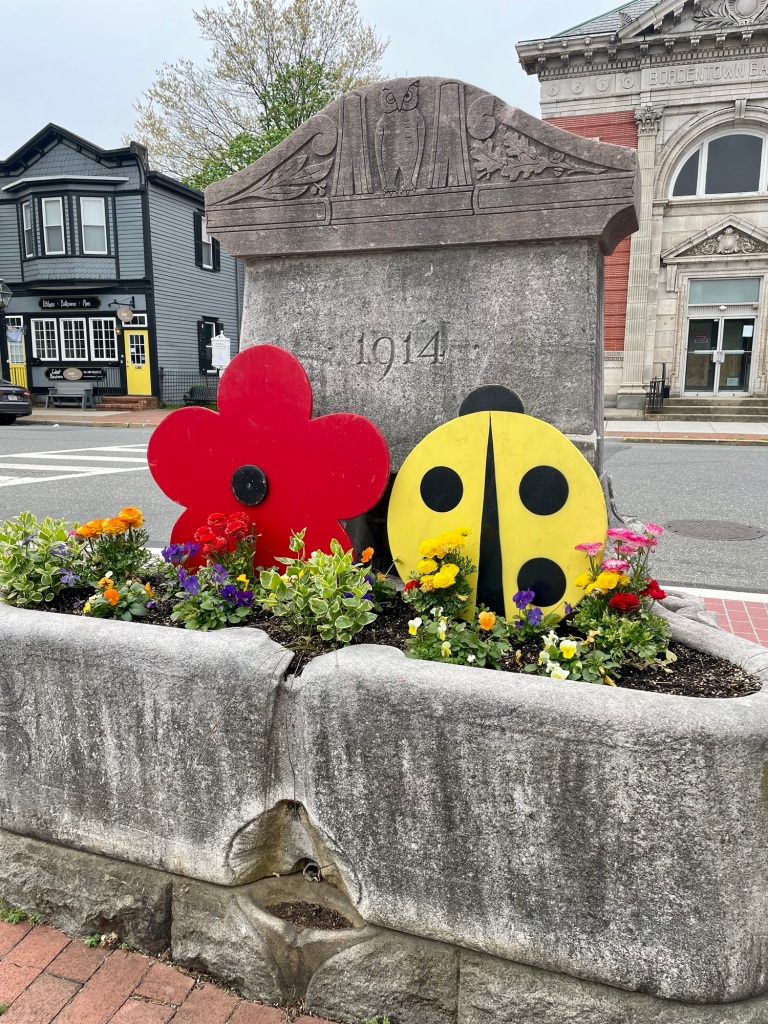
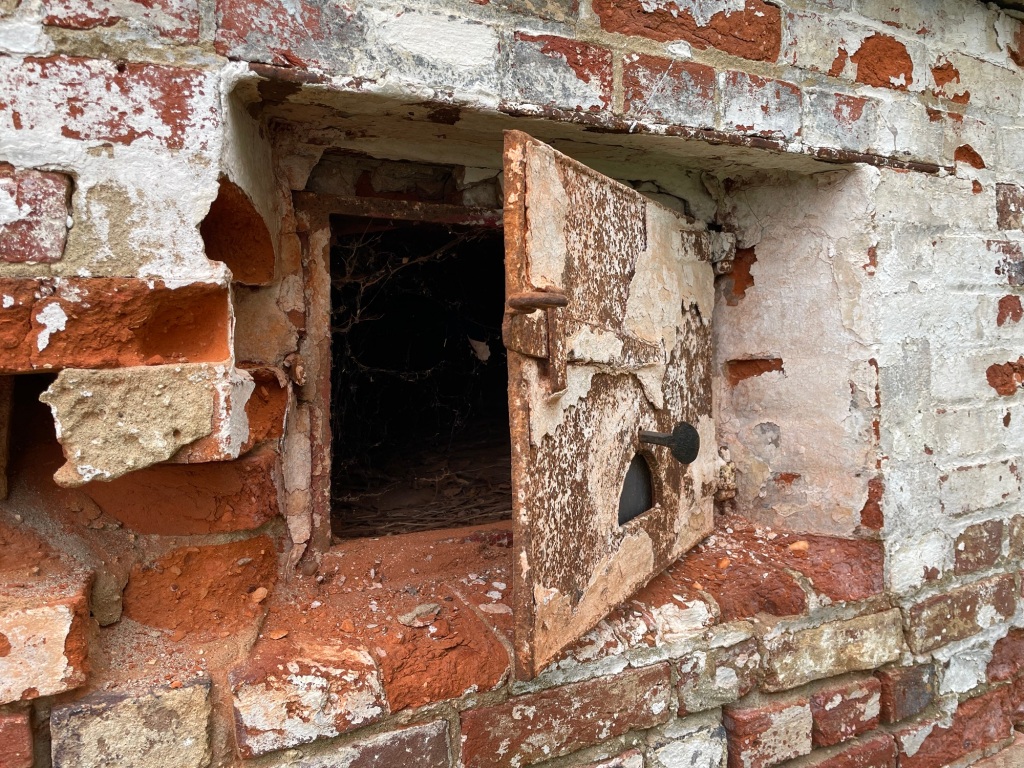
There are also great restaurants, including a fun independent coffee house and focaccia sandwich specialist, Crumb.
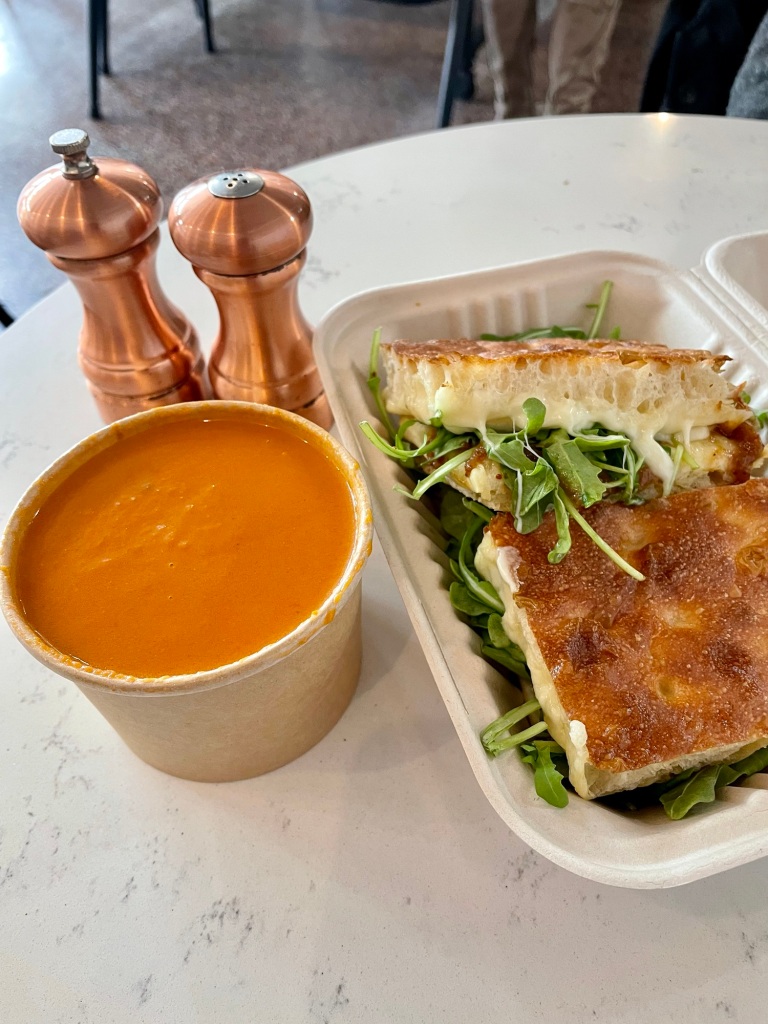
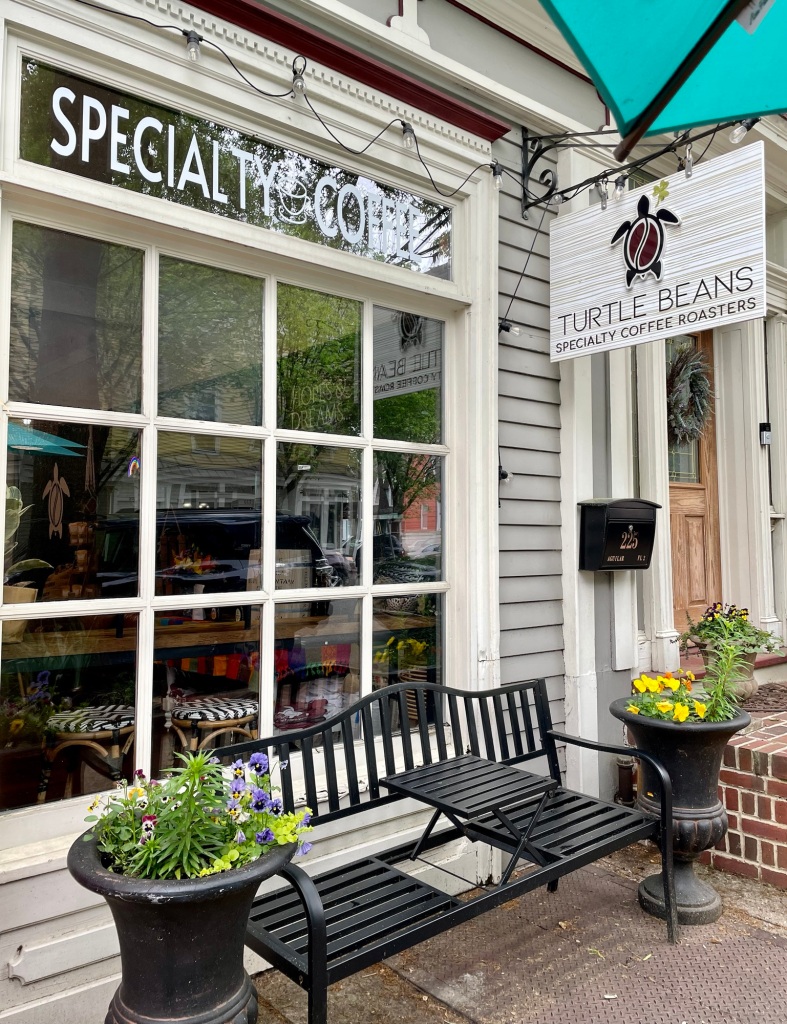
Bordentown is located on the Delaware River Heritage Trail, and a scenic way to arrive is to bike 10 miles from Roebling.
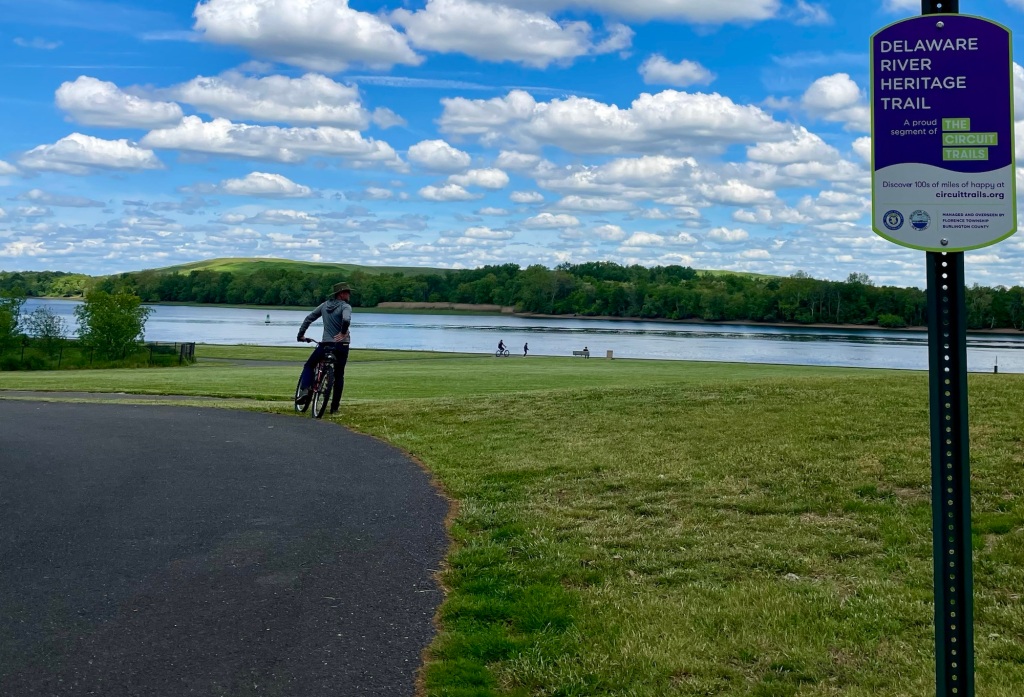
Bordentown is accessible by public transportation from Philly via PATCO to the Riverlink train.
